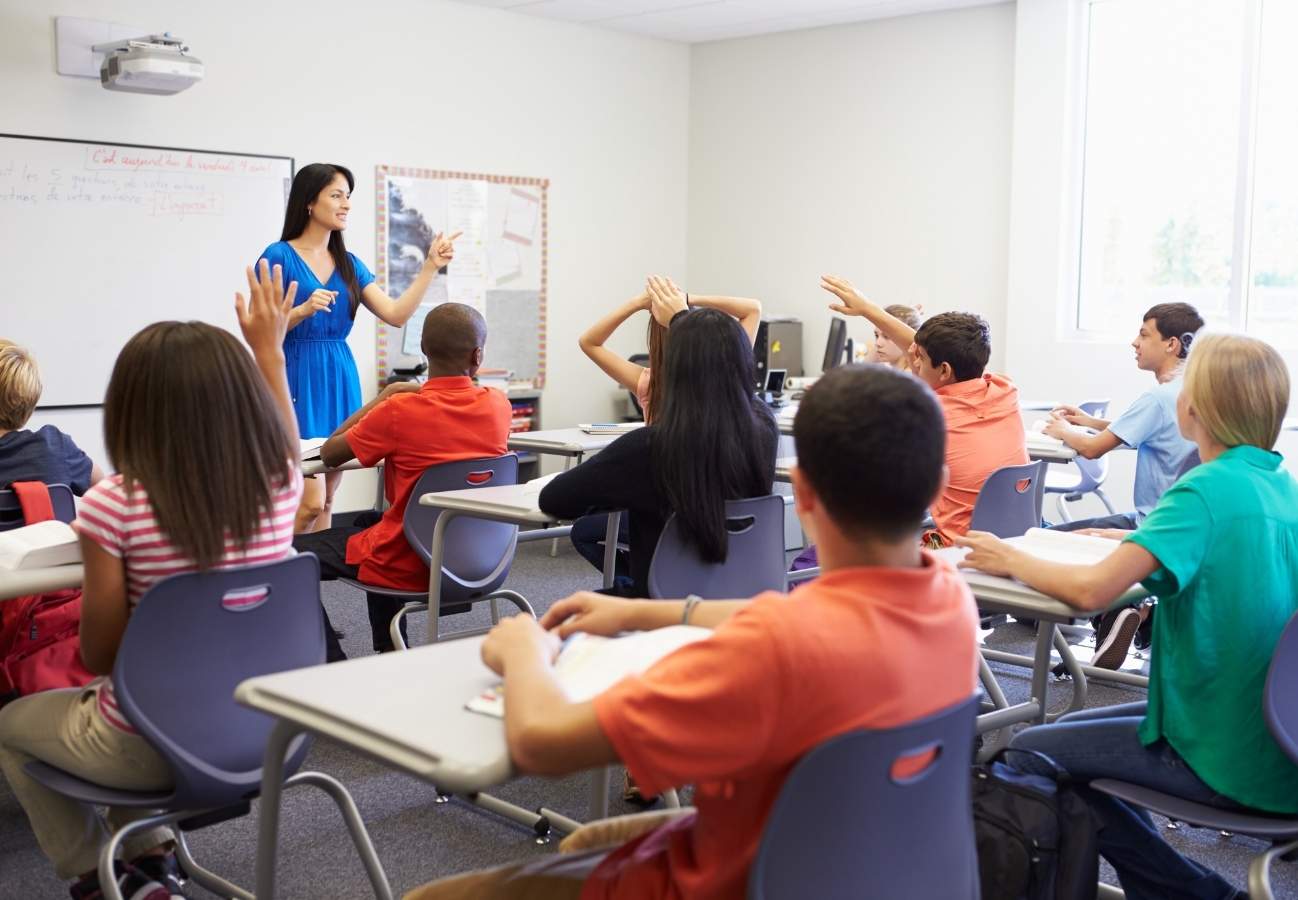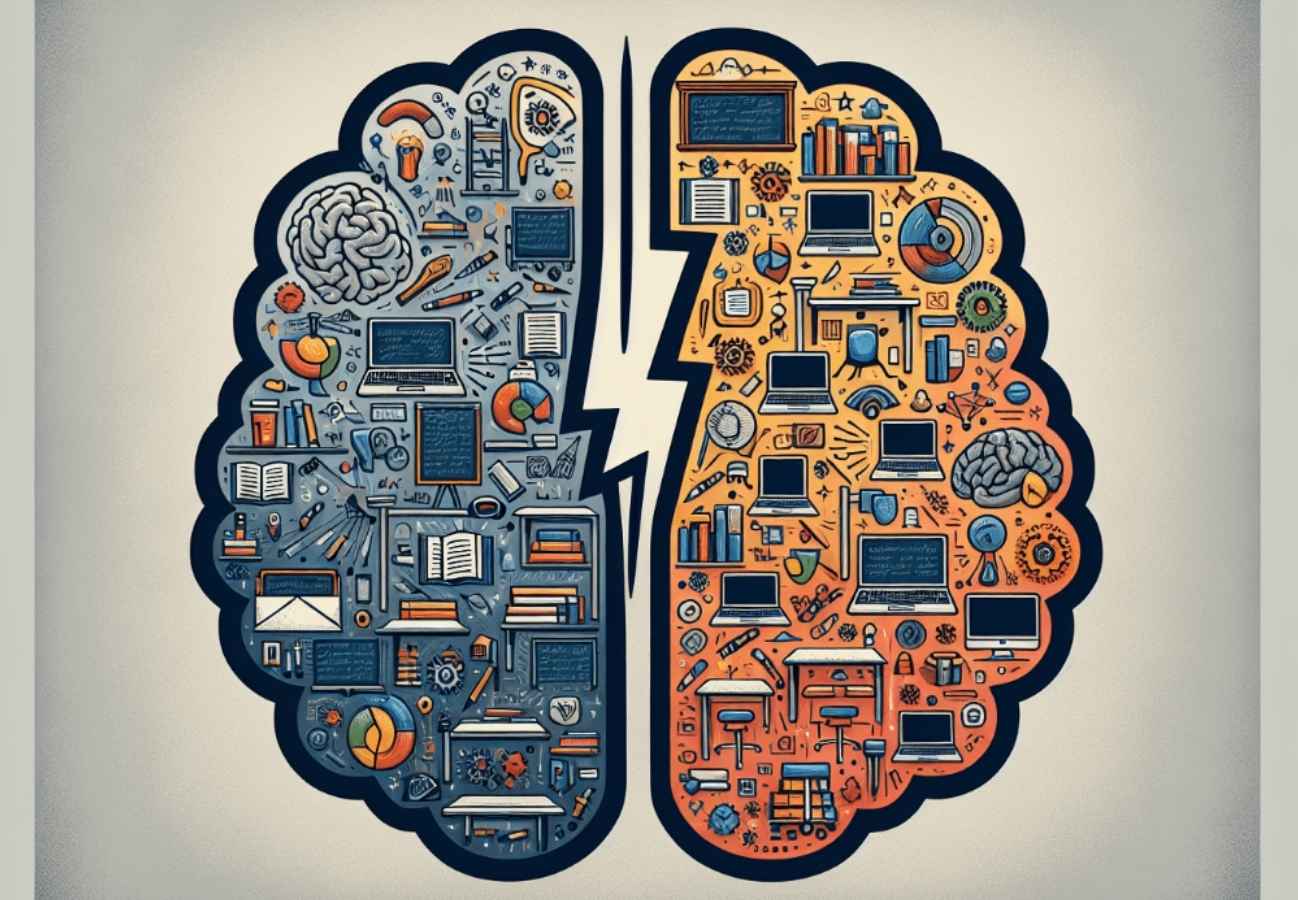B.F. Skinner's work on operant conditioning changed how we understand learning and behavior. His research demonstrated that behavior is shaped by its consequences - actions followed by positive outcomes increase, while those followed by negative outcomes decrease.
Unlike theories focused on internal thoughts or developmental stages, Skinner emphasized observable behavior and the environmental factors that influence it. He believed that by controlling consequences, we could systematically shape behavior in predictable ways.
While Skinner's ideas have been influential in education, particularly for classroom management and behavior modification, his framework captures only part of what happens when humans learn.
What Is Operant Conditioning?
Operant conditioning is a learning process where behavior changes based on consequences. When a behavior leads to a favorable outcome, it becomes more likely. When it leads to an unfavorable outcome, it becomes less likely.
This differs from classical conditioning (Pavlov's dogs), which involves automatic responses to stimuli. Operant conditioning deals with voluntary behaviors that operate on the environment to produce specific results.
The term "operant" means the behavior "operates" on the environment. A student raising her hand operates on the environment - and the consequence (being called on, or not) affects whether she'll raise her hand again.
The Four Principles of Skinner's Operant Conditioning
Skinner identified four ways consequences affect behavior:
Positive Reinforcement
Positive reinforcement adds something desirable after a behavior, making that behavior more likely to occur again.
In classrooms, this includes praise, stickers, privileges, or recognition. A teacher saying "I appreciate how you explained your thinking" after a student shares an answer is using positive reinforcement.
Research shows positive reinforcement works best when it's immediate, specific, and meaningful to the individual. Generic praise like "good job" has less impact than feedback that identifies exactly what the student did well.
Negative Reinforcement
Negative reinforcement removes something unpleasant after a behavior, also making that behavior more likely.
This is often confused with punishment, but it strengthens behavior by taking away something aversive. A student who finishes work early and avoids having homework experiences negative reinforcement - the removal of an unwanted task.
Other examples include allowing students who follow rules to skip a quiz, or removing restrictions when behavior improves.
Positive Punishment
Positive punishment adds something unpleasant after a behavior to decrease that behavior.
This might include verbal reprimands, extra assignments, or loss of privileges. The goal is to make the behavior less likely to occur in the future.
Skinner's own research showed punishment has significant limitations. It often produces temporary compliance rather than lasting change, and can damage relationships or increase anxiety.
Negative Punishment
Negative punishment removes something desirable after a behavior to decrease that behavior.
Examples include time-out (removing access to activities), taking away privileges, or removing attention. A teacher who ignores attention-seeking behavior is using negative punishment through extinction.
Key Concepts in Operant Conditioning
Reinforcement Schedules
How often and when reinforcement occurs matters. Skinner identified several schedules:
Continuous reinforcement rewards every occurrence of a behavior. This establishes new behaviors quickly but they're easily extinguished when reinforcement stops.
Intermittent reinforcement rewards some occurrences but not all. This maintains behaviors longer and makes them more resistant to extinction. Slot machines use this principle - the unpredictable reward keeps people playing.
In education, a teacher might praise every correct answer when introducing a new skill (continuous), then gradually shift to praising occasionally once the skill is established (intermittent).
Shaping
Shaping involves reinforcing successive approximations toward a target behavior. Rather than waiting for the complete behavior, you reinforce small steps in the right direction.
A teacher helping a shy student participate might first reward eye contact, then nodding, then one-word responses, gradually building toward full participation.
Extinction
When a previously reinforced behavior stops producing reinforcement, it gradually decreases. This process is called extinction.
If a student's hand-raising stops getting acknowledged, the behavior may eventually fade. However, extinction often includes an "extinction burst" - a temporary increase in the behavior before it decreases.
Understanding this pattern helps teachers persist through challenging moments rather than accidentally reinforcing problematic behavior by giving in during the burst.
Educational Applications of Skinner's Operant Conditioning
Classroom Management
Many classroom management systems apply operant conditioning principles directly:
- Token economies where students earn points for desired behaviors
- Behavior charts tracking progress toward goals
- Privilege systems linking rewards to consistent appropriate conduct
- Clear rules with consistent consequences
These approaches can establish order and predictability, particularly in chaotic environments or for students who benefit from explicit structure.
Individualized Behavior Plans
Students respond differently to various reinforcers. What motivates one learner may not affect another.
Effective behavior modification requires identifying what functions as reinforcement for each student - social recognition, tangible rewards, increased autonomy, or something else entirely. Applied Behavior Analysis (ABA) uses this individualized approach systematically.
Academic Instruction
Operant conditioning principles extend beyond behavior management:
Programmed instruction breaks content into small steps with immediate feedback and reinforcement for correct responses. Skinner developed teaching machines based on this concept - precursors to computer-based learning.
Mastery learning requires demonstrating competence before advancing, ensuring each step is learned before building on it.
Immediate feedback in educational software applies reinforcement principles through points, progress bars, and reward systems.
Comparing Skinner and Other Learning Theorists
Skinner vs. Piaget
Piaget focused on internal cognitive development and stages children move through naturally. He emphasized what happens in the child's mind as they construct understanding.
Skinner focused on external behavior and environmental control. He avoided discussing internal mental states, focusing only on what could be observed and measured.
Piaget saw children as active explorers building knowledge through discovery. Skinner saw learners as responders whose behavior is shaped by consequences.
In practice, Piaget-inspired teaching emphasizes hands-on exploration and discovery. Skinner-inspired teaching emphasizes clear objectives, explicit instruction, and systematic reinforcement.
Review our guide: Jean Piaget and Cognitive Development
Skinner vs. Vygotsky
Vygotsky emphasized social interaction and cultural tools as central to learning. Language and collaboration with more knowledgeable others drive development.
Skinner focused on individual behavior shaped by consequences. While he acknowledged social factors, his framework centered on how individual organisms respond to their environment.
Vygotsky would emphasize dialogue, guided participation, and the Zone of Proximal Development. Skinner would emphasize clear expectations, consistent reinforcement, and systematic behavior modification.
Review our guide: Vygotsky's Sociocultural Theory
Limitations and Criticisms of Skinner's Theories and Operant Conditioning
The Intrinsic Motivation Question
Research on motivation reveals complexity that operant conditioning doesn't fully explain. Studies show that excessive external rewards can sometimes undermine intrinsic motivation - the natural interest people experience when activities align with their values.
This "overjustification effect" occurs particularly when rewards are given for activities people already enjoy, or when rewards feel controlling rather than informational.
Children are born with what researchers call an "explanatory drive" - a natural hunger to make sense of their world. Environments focused primarily on external control may not fully engage this intrinsic drive to understand.
What Operant Conditioning Doesn't Capture
Subsequent research has revealed learning processes operant conditioning doesn't explain:
Insight learning involves sudden understanding rather than gradual behavior change through reinforcement.
Transfer of learning often requires understanding underlying principles, not just trained responses to specific situations.
Metacognition - awareness of one's own thinking - develops through reflection and self-monitoring beyond what behavioral frameworks address.
Social and emotional factors like attachment, safety, and relationships significantly influence learning in ways behavioral theory doesn't fully capture.
Cultural and Individual Differences
Most of Skinner's research used laboratory animals under controlled conditions. Questions remain about how well these findings apply across diverse human contexts, cultures, and individual differences.
What functions as reinforcement varies significantly across cultural backgrounds, personalities, and developmental stages.
Is Operant Conditioning Still Relevant Today?
Yes - but with important qualifications.
Behavioral principles effectively establish structure, teach specific skills, and support students who need explicit systems. Many classroom management approaches and educational technologies draw from Skinner's work.
However, modern understanding of learning includes processes beyond behavior change - insight, understanding, meaning-making, self-direction, and the role of emotion and relationship in learning.
Effective teaching often uses behavioral strategies selectively - for establishing routines, teaching discrete skills, or providing temporary structure - while also creating conditions for deeper engagement, autonomy, and understanding.
The question isn't whether to use behavioral approaches, but when and how to use them in service of broader learning goals.
Who Was B.F. Skinner?
Burrhus Frederic Skinner was born in 1904 in Pennsylvania. He initially pursued literature before discovering behavioral psychology. His research at Harvard University established experimental foundations for behavior analysis.
Skinner believed scientific understanding of behavior could solve social problems and improve human welfare. He was committed to empirical rigor - careful observation and data-driven conclusions.
He developed numerous practical applications, including teaching machines, the operant conditioning chamber (often called a "Skinner box"), and programmed instruction. He also wrote extensively for popular audiences, including the controversial novel Walden Two, which imagined a utopian community based on behavioral principles.
Skinner died in 1990, leaving a legacy that continues to influence psychology, education, and behavior analysis.
Key Works by B.F. Skinner Related to Education and Learning
The Behavior of Organisms (1938): Established the principles of operant conditioning through laboratory research.
Science and Human Behavior (1953): Applied behavioral principles to understanding complex human behavior.
Verbal Behavior (1957): Analyzed language using behavioral principles - controversial but influential.
The Technology of Teaching (1968): Applied operant conditioning specifically to educational settings.
Beyond Freedom and Dignity (1971): Argued that traditional notions of freedom and dignity prevent scientific understanding of behavior.









